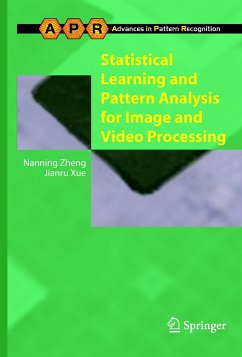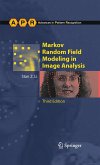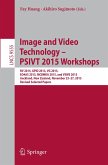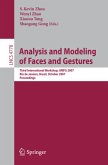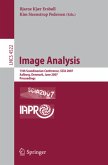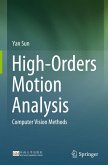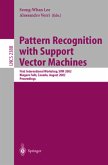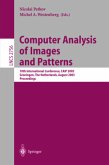Why are We Writing This Book? Visual data (graphical, image, video, and visualized data) affect every aspect of modern society. The cheap collection, storage, and transmission of vast amounts of visual data have revolutionized the practice of science, technology, and business. Innovations from various disciplines have been developed and applied to the task of designing intelligent machines that can automatically detect and exploit useful regularities (patterns) in visual data. One such approach to machine intelligence is statistical learning and pattern analysis for visual data. Over the past two decades, rapid advances have been made throughout the ?eld of visual pattern analysis. Some fundamental problems, including perceptual gro- ing,imagesegmentation, stereomatching, objectdetectionandrecognition,and- tion analysis and visual tracking, have become hot research topics and test beds in multiple areas of specialization, including mathematics, neuron-biometry, and c- nition. A great diversity of models and algorithms stemming from these disciplines has been proposed. To address the issues of ill-posed problems and uncertainties in visual pattern modeling and computing, researchers have developed rich toolkits based on pattern analysis theory, harmonic analysis and partial differential eq- tions, geometry and group theory, graph matching, and graph grammars. Among these technologies involved in intelligent visual information processing, statistical learning and pattern analysis is undoubtedly the most popular and imp- tant approach, and it is also one of the most rapidly developing ?elds, with many achievements in recent years. Above all, it provides a unifying theoretical fra- work for intelligent visual information processing applications.
From the reviews:
"The level for which the text was aimed was quite introductory, giving a well executed explanation of not just the technique, but also the supporting techniques. This would serve the book well as a tool to someone learning the technique from new ... . Overall I enjoyed the book ... . I found that the subjects were well discussed and at a level that suited my knowledge. I would recommend it as a general purpose book for image and video analysis ... ." (Gavin Powell, International Association for Pattern Recognition, Vol. 32 (3), July, 2010)
"The level for which the text was aimed was quite introductory, giving a well executed explanation of not just the technique, but also the supporting techniques. This would serve the book well as a tool to someone learning the technique from new ... . Overall I enjoyed the book ... . I found that the subjects were well discussed and at a level that suited my knowledge. I would recommend it as a general purpose book for image and video analysis ... ." (Gavin Powell, International Association for Pattern Recognition, Vol. 32 (3), July, 2010)

